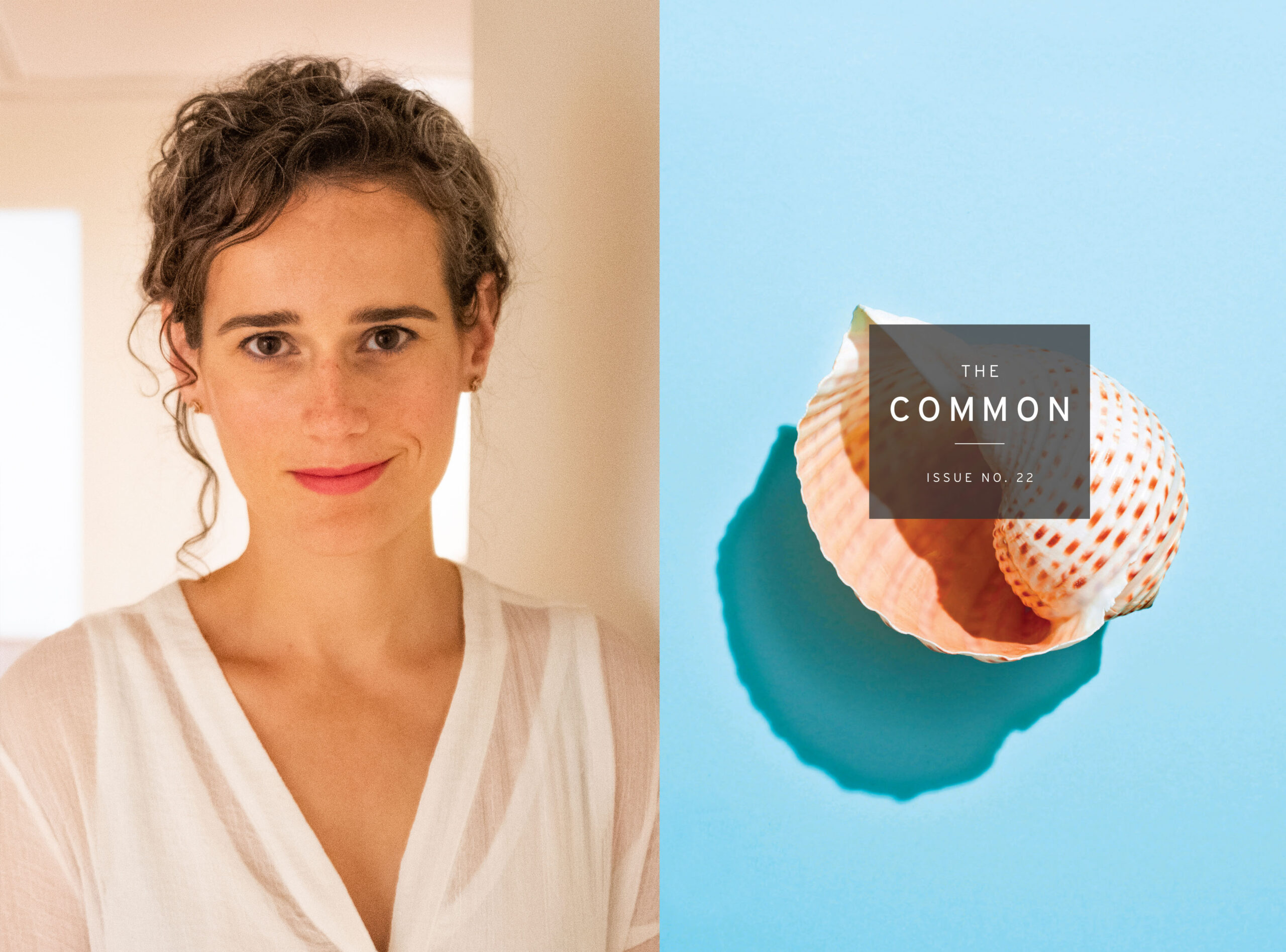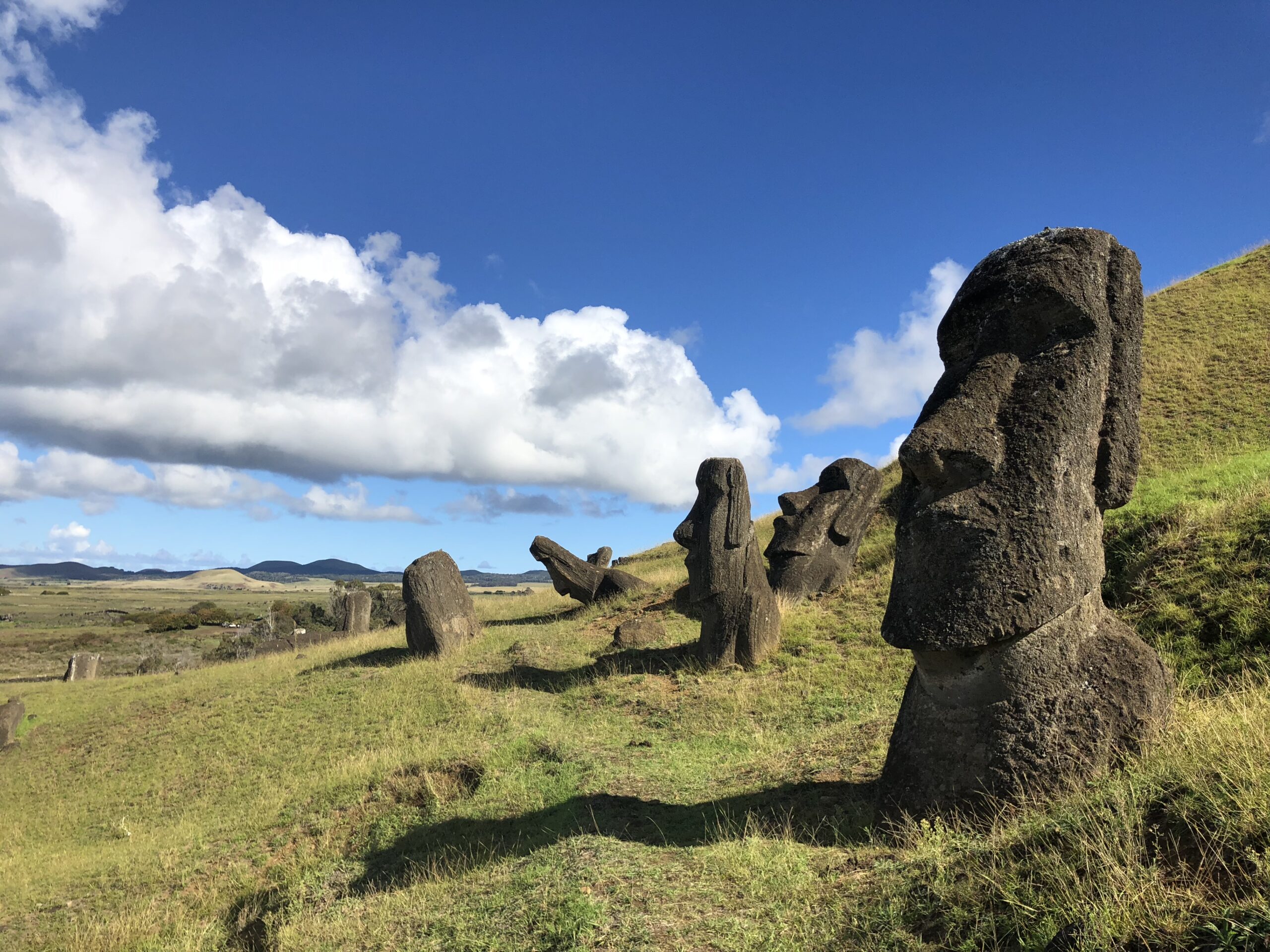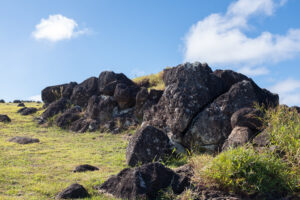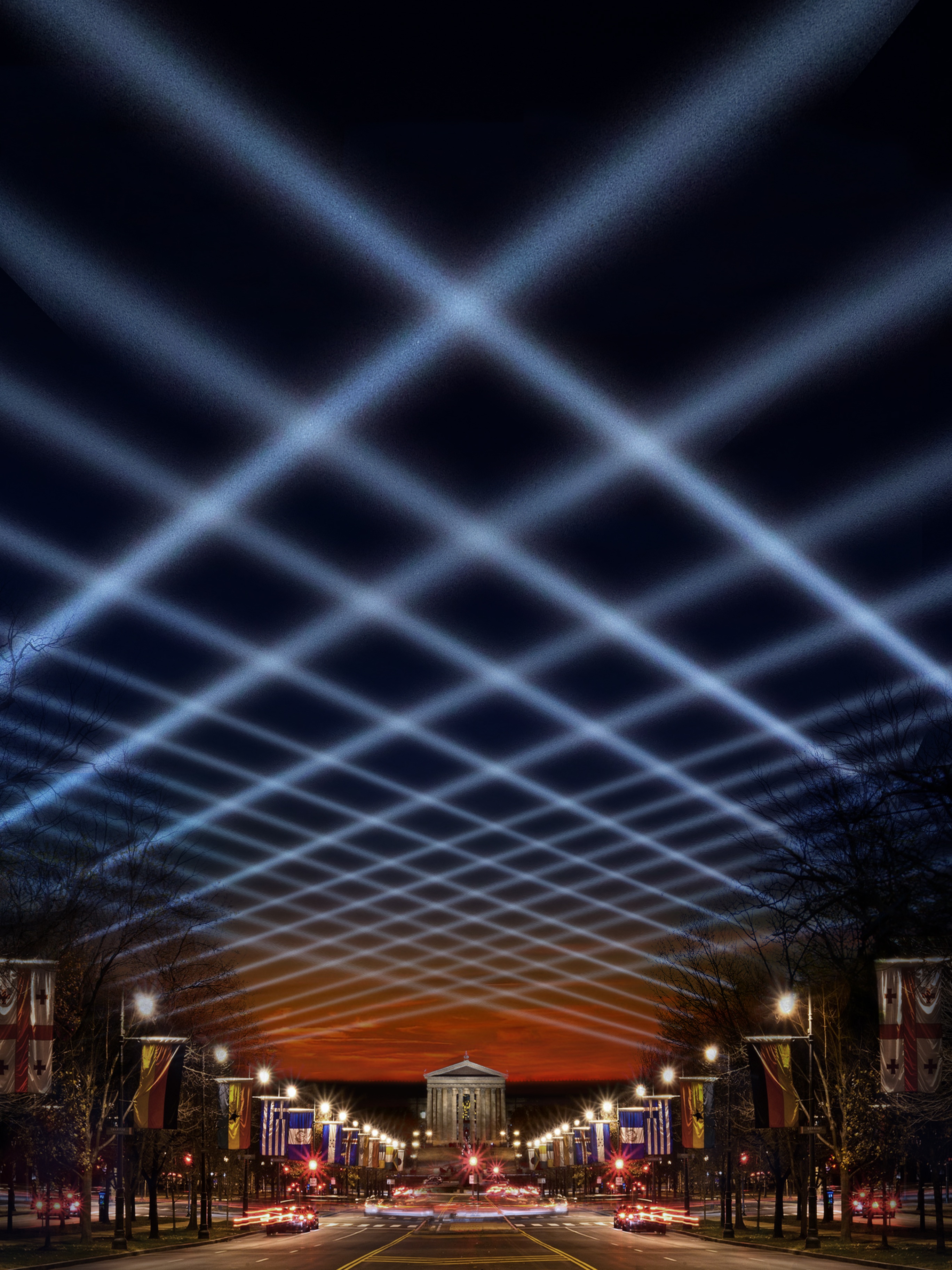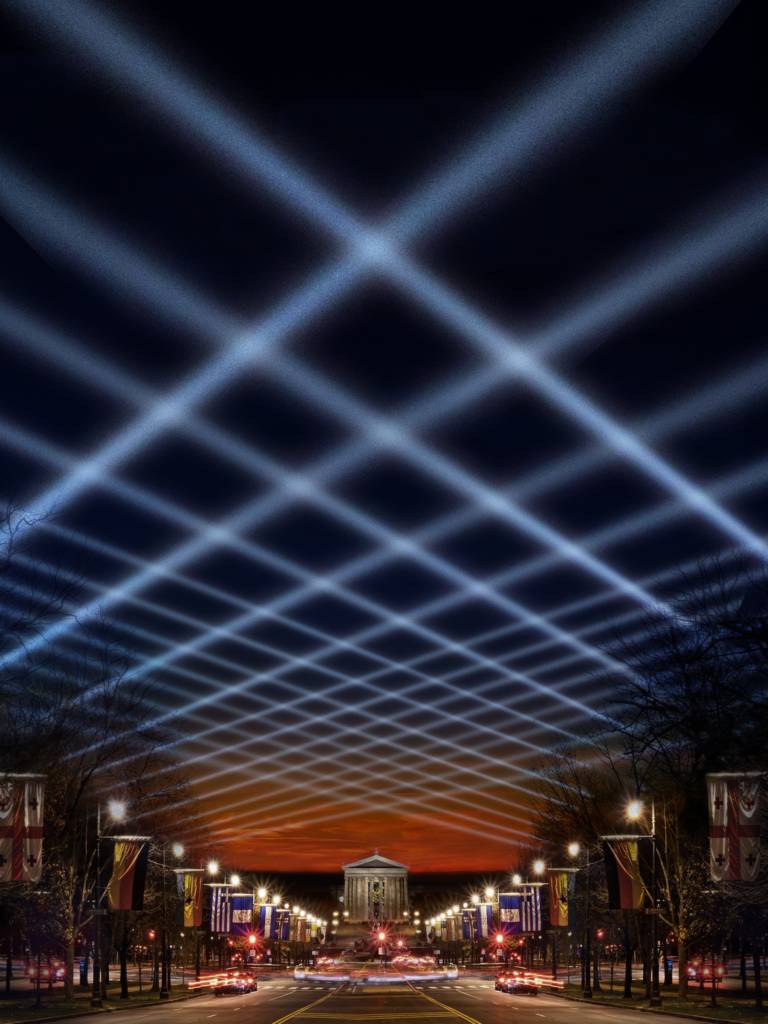Transcript: Julia Cooke Podcast
Julia Cooke speaks to managing editor Emily Everett about her essay “Past and Future on Rapa Nui,” which appears in The Common’s fall issue. In this conversation, Julia talks about her trip to Rapa Nui, commonly known as Easter Island, a place famous for the mysterious moai statues that dot the remote landscape. She also discusses the island’s complicated and unknowable history, her earlier work as a journalist, and her latest book, which chronicles stories from Pan Am stewardesses during the Jet Age.

